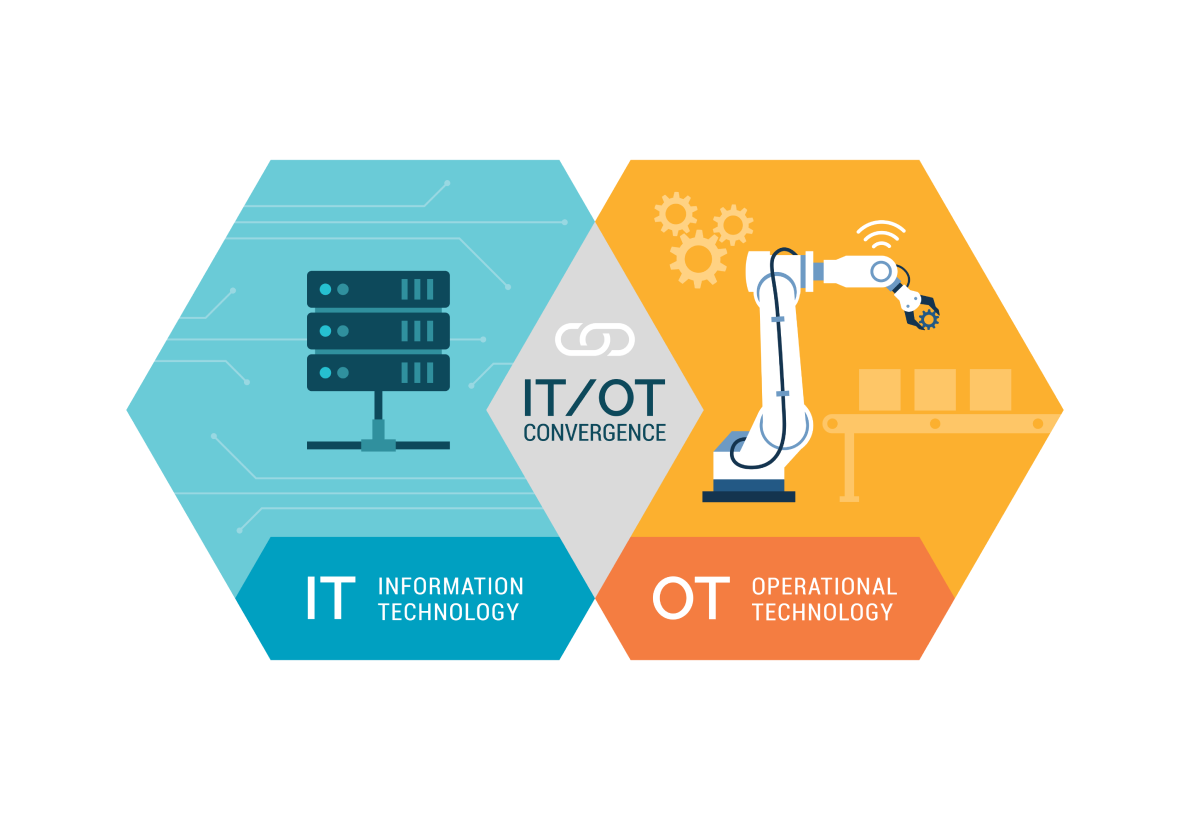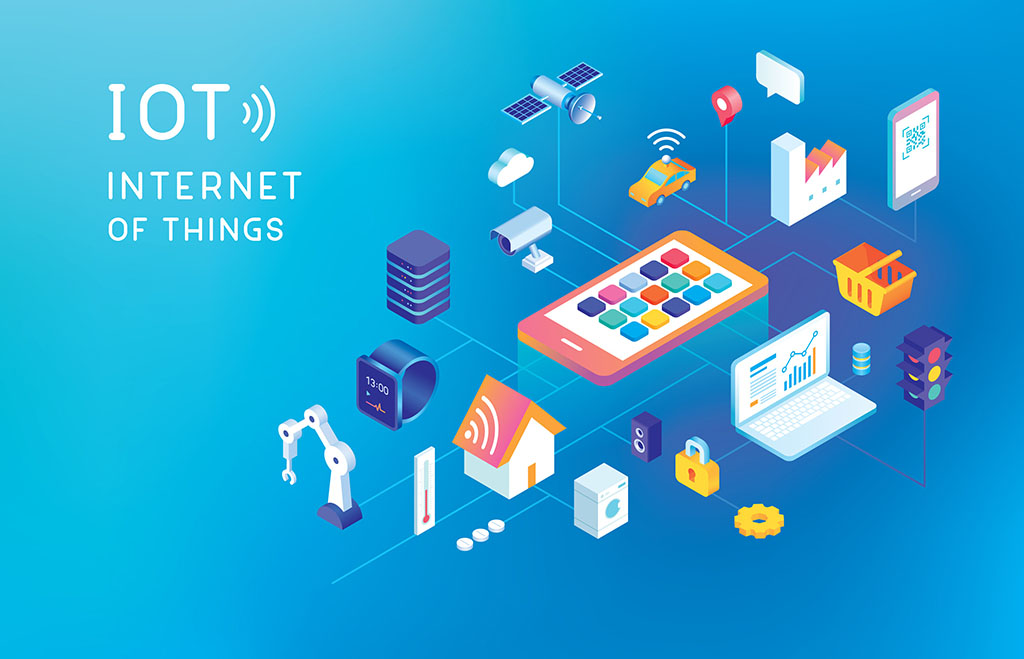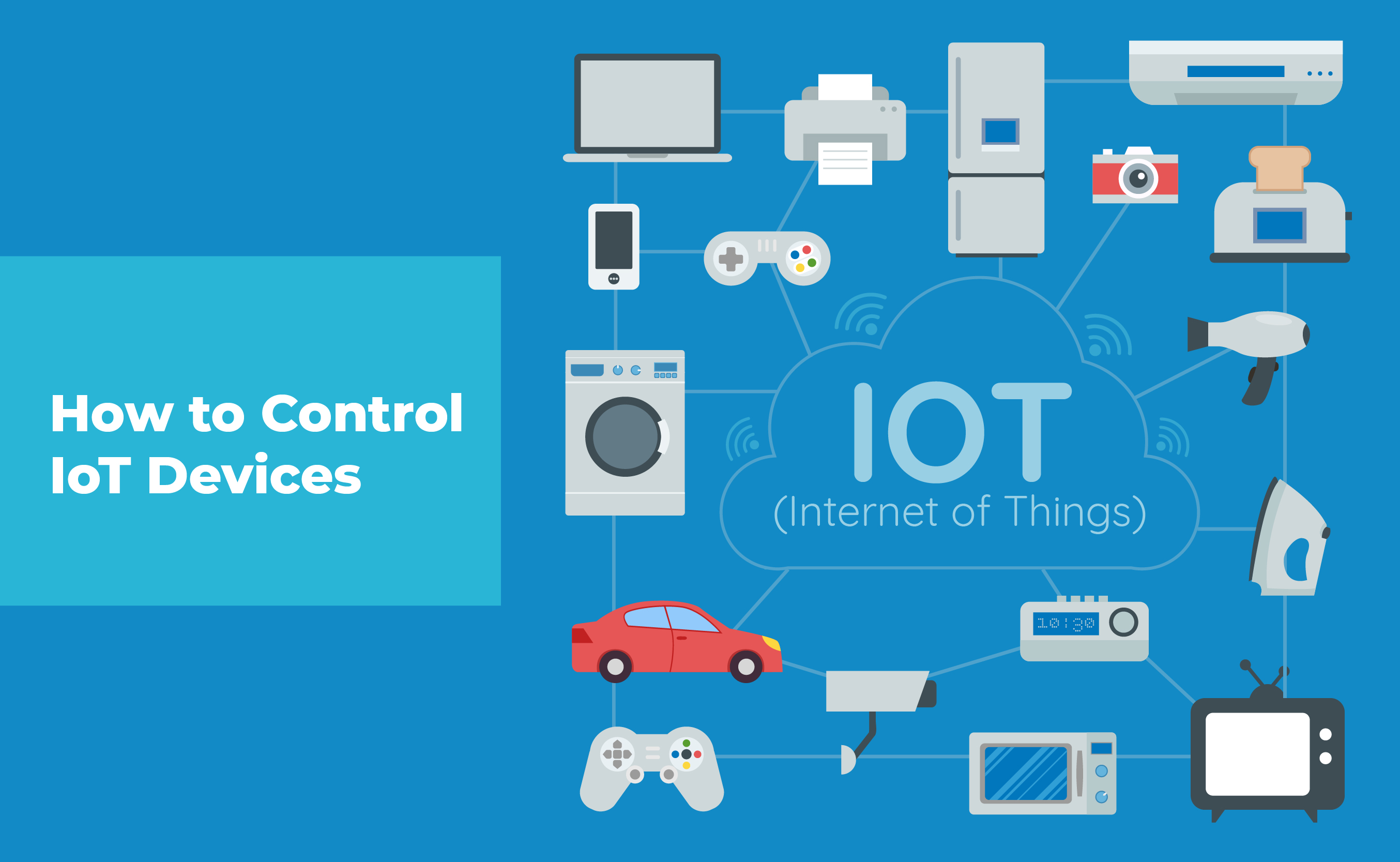In the last twenty years, the Internet of Things (IoT) landscape has grown immensely. This marks significant strides in how computers and devices help our daily tasks and complex applications. IoT consists of a vast network of sensors, devices, and systems. They’ve become crucial to our lives, letting us remotely connect with many devices. This progress has simplified tasks and revolutionized how we interact with technology personally and professionally.
Businesses’ success and security increasingly relies on effectively accessing and controlling IoT systems. To ensure robust security and continuous efficiency, it’s vital to establish a reliable remote access method for IoT devices over the Internet. This guide comprehensively examines securing and optimizing this remote connectivity. It offers key insights into remotely managing IoT devices while safeguarding against threats.
Grasping Remote IoT Access
IoT remote access involves connecting with and controlling Internet of Things (IoT) devices from afar through a centralized dashboard. This sophisticated technology lets users manage devices like smart home appliances, security systems, and industrial machinery without being there. The key benefit is operational efficiency, as administrators can remotely monitor status, get critical alerts, and troubleshoot issues. This significantly reduces response time and need for on-site visits.
Enhancing Business Operations with IoT Remote Access
Nowadays, IoT gadgets play a huge role in changing how businesses work. Firms like logistics, transportation, and farming use these smart tools for simple and tricky tasks that laptops and phones can’t do. Controlling IoT devices remotely from anywhere is easy with internet protocols like SSH, RDP, VPN, and Proxy. But these protocols can be hard to use and have restrictions that don’t work for all companies. So businesses now choose user-friendly software and web apps that connect to IoT devices quickly with less tech knowledge needed. These solutions make managing IoT operations remotely more flexible and accessible.
Choosing the Right Tools for Remote IoT Access
Picking the correct tools to remotely manage IoT devices is vital for organizations. While SSH, RDP, VPN, and Proxy are strong, they require tech skills and can limit users. Software and web apps built for IoT management are easier options. These offer smooth connections and simpler management for non-techies. They also add features like auto-updates, thorough device monitoring, and tight security. Companies needing to control Android gadgets remotely can try AirDroid Business MDM. It has advanced remote access, monitoring, and control tools that optimize and secure devices fully.
Making Supply Chains Smarter with IoT Access
The Internet of Things (IoT) is changing how we manage logistics. By 2030, experts predict this technology will grow rapidly at 13.2% yearly. Remote IoT access brings big improvements to supply chains:
- In warehouses, sensors on pallets and forklifts track locations. This makes inventory easy to find and move. The sensors also check humidity, air quality, and temperature. That keeps products fresh and safe.
- For transportation, IoT fleet tracking is a game-changer. Companies can see truck locations in real-time over public and private networks. Accurate tracking helps plan better routes and avoid delays. Smart routing reduces fuel costs and gets deliveries to customers faster.
IoT Gives Farming a Big Technology Boost
By 2023, over 12 million IoT sensors will monitor farms. These tiny devices watch soil moisture and temperatures with extreme precision. Detailed IoT data helps farmers use water wisely. It improves crop yields and guides smart decisions. Overall, agricultural IoT makes farming far more productive and sustainable.
Advancing Manufacturing with IoT Technologies
In factories, IoT devices bring big benefits. They help automate processes and make things run smoothly. IoT tech does more than just control production lines. It can also cut costs for running and fixing machines. Sensors give live data about machines. This data helps plan fixes before breakdowns happen. So factories stay up and running more. And costly downtime gets reduced. Machinery lasts longer, too. With data insights, manufacturing stays lean and efficient. Companies can meet market demands quickly.
Across many industries, IoT remote control gives fantastic advantages. Operations become more efficient and cost less. Real-time data improves decision-making. As more businesses use IoT solutions, they can keep innovating and optimizing. Smarter, more connected systems are the future.
You might also like
iot
How to implement IoT in Manufacturing?
Amid the Fourth Industrial Revolution, driven by groundbreaking advancements in Artificial Intelligence, 5G, and Internet technologies, we are witnessing the rise of the Industrial Internet of Things (IIoT) and digital transformation in the manufacturing market. Implementing these technologies in manufacturing can: This article is a detailed overview of the IoT in idustrial setting and the […]

Challenges in Managing IoT Devices Remotely
Controlling Internet of Things devices from a distance presents many challenging problems. Companies must handle issues like keeping things secure, reliable network connections, and dealing with massive amounts of device data. The complicated design of IoT systems and the need to sync devices also add difficulty. A strong plan is required to keep devices safe and work smoothly far away.
Keeping Data Locked Down
Data security is one of the hardest remote IoT challenges. Since devices often use cloud storage and computing, they could get hit by viruses and hacking. Companies must set very limited user permissions and pick people carefully to manage network gateways. Installing top antivirus programs and staying up-to-date on security is key to blocking unauthorized access.
Maintaining Network Reliability
Continuous internet connectivity is critical for IoT devices to function well. When internet service goes down, devices may lose the ability to work correctly. This gets worse in events like severe weather that impact data centers. To handle this, businesses should use multiple internet providers and have backup connection plans ready to ensure devices stay online continuously.
Safeguarding Privacy
Protecting private information like user passwords and data is very important. Often, data is kept in plain text or unsafe ways, making it easy to steal. We must secure all connections with strong encryption and control access to private data with strong authentication. This will prevent unauthorized access and keep critical information confidential.
Managing Power, Storage, and Resource Utilization
IoT devices and supporting systems need a lot of power and storage to work correctly. Managing the physical and digital storage needs while ensuring enough power is challenging. Also, IoT devices create vast amounts of data. Ensuring efficient data processing and storage without overloading the system is complex. It requires careful planning and investing in infrastructure.
Facilitating Asynchronous/Synchronous Interactions
Synchronizing physical IoT devices with their software platforms must be managed carefully for efficient operations. Services like AWS’s IoT Device Shadow provide a virtual representation of each IoT device. This enables continuous synchronization and management of device configurations. This system requires careful setup and ongoing management. It ensures that all device parameters are correctly maintained and updated.
Managing Complex Web Platform Architectures
Web platforms used to manage Internet of Things (IoT) devices can be very complicated. This is a problem for users who don’t know much about tech. Making these platforms more straightforward or training users well is important for managing IoT properly. Complicated platforms can also slow down fixing issues and cost more money because of training time and troubleshooting.
These challenges show why planning ahead, having strong systems, and constantly improving are key for remote IoT management. Dealing with these challenges early helps businesses make their IoT setups more reliable, secure, and efficient.
Easy Ways to Manage IoT Devices
Managing Internet of Things (IoT) devices is vital for keeping connected systems working properly. More and more devices connect to IoT networks, so companies need strategies to keep them running smoothly, safely, and reliably. Effective management handles technical issues as well as boosting security, optimizing networks, and ensuring devices work seamlessly through maintenance. These tactics address potential disruptions and security risks, protecting data integrity and operations in large IoT systems.
To manage IoT devices remotely, consider these tips:
- Establish a Comprehensive Security Protocol: Secure IoT devices by updating regularly, using tough authentication, and encrypting all data transfers. Companies should require multiple check-ins to access device networks and encrypt data at rest, too. Regular security checks can spot and fix possible risks before issues arise.
- Optimize Network Infrastructure: Robust networks are key for IoT device management. Choose the best connection type for your application and location – cellular, WiFi, or satellite. Using backup networks like extra ISPs or mesh networks ensures devices stay online if part of the network fails.
- Implement Device Management Software: This special software can make it easier to manage many devices. It allows you to monitor, manage, and maintain devices remotely. Features like automatic device setup, firmware updates, and troubleshooting tools are included. Using this software saves time and reduces work for your IT team.
- Data Management and Analytics: IoT devices create lots of data. That’s why you need a plan for managing and analyzing the data. Edge computing can help by processing data on the device or nearby. This reduces delay and bandwidth use. To get deeper insights, you should collect and analyze the data using AI and machine learning. This improves decision-making and operations.
- Regularly Update and Maintain Firmware: It’s important to keep the firmware on IoT devices updated. Updates protect against security issues. Automated tools can schedule and install updates for all devices. Regular maintenance checks should also happen. This ensures devices work properly and fixes problems before they spread.
- Plan for Scalability: As your IoT network grows, your management plan must grow, too. Prepare the network to handle more connections. Make sure backend systems can process more data. Scalability planning looks at potential impacts on performance and user experience.
- Focus on User Training and Support: Teach users properly and help them. IoT systems are complex, so training users and admins well is critical. This reduces user errors and improves how things run. Good user guides and troubleshooting help mean users can fix common problems themselves, taking pressure off support teams.
- Monitor and Respond to IoT System Health: Watch IoT systems closely and act fast. Always monitoring IoT systems lets you spot issues or security threats early. Real-time alerts and plans to respond rapidly minimize downtime and risks. Monitoring tools should show an overview of all connected devices’ health and performance.
Following these tips carefully, companies can improve their IoT device management. Their networks will be secure, reliable, and able to grow for current and future needs.
Real-Life Examples of Remote Monitoring Using IoT
IoT remote monitoring has changed how businesses manage their technology setups across different fields. From factories to cities, IoT gathers live data and controls systems. This improves efficiency, reduces costs, and boosts safety. These examples show how IoT adapts to transform traditional operations into smart, interconnected networks that respond to conditions and environments. IoT paves the way for new solutions in many industries:
- Smart Factories: Industrial automation has modernized manufacturing. IoT remote monitoring connects to smart assembly systems on production lines. This continuous oversight and maintenance of devices improve manufacturing operations. Real-time data is provided on machine performance and operational metrics, enhancing efficiency and reliability.
- Smart Buildings: In property management, IoT sensors monitor and control building operations. These sensors enable precise management of energy and water usage. This practice significantly reduces operational costs and promotes sustainability in residential and commercial properties.
- Smart Cars: Self-driving cars use Internet of Things (IoT) technology to gather and process data in real time. This helps them drive on their own. IoT technology in vehicles will become more common for personal and commercial transportation.
- Smart Business: IoT devices are important for tracking inventory and managing logistics in real-time for supply chain management. This lets businesses identify and fix problems quickly, be more efficient, and adapt to market changes by seeing and analyzing data better.
- Smart Cities: For city management, IoT devices monitor and control systems like power and traffic. City officials can access this real-time data remotely to improve public services and city planning.
Enhancing IoT Device Management with AirDroid Business MDM Solution
As more IoT devices are used, managing different types of devices and addressing issues gets harder. AirDroid Business MDM solution helps manage Android devices efficiently. It sends alerts for unusual activities and lets you customize tasks like group transfers and factory resets. This reduces the time and cost for maintenance a lot.
An MDM solution can do many things. It provides detailed reports to help make good decisions. It offers easy setup options for remote control of devices without anyone there. This makes managing IoT devices simpler. It also improves the security and efficiency of the whole system. With AirDroid Business MDM, businesses can monitor and manage their IoT devices well. This ensures that the devices work properly and reliably for different uses.
Frequently Asked Questions About Remote Access IoT Devices
How can I control my IoT devices through the internet?
You can control your smart home devices from anywhere using unique apps. These apps connect to your devices through the internet. Stable internet access and extra hardware like Wi-Fi or cables may be needed for your setup. The apps give you an easy way to control features like lighting with just a few taps.
Is it possible to access IoT devices remotely?
Yes, you can access and manage IoT devices from anywhere using remote access tools. These tools connect to your devices over the internet. This lets you monitor and control them without being there. It saves time and travel. Different tools have different features, so choose one that meets your needs.
Do IoT devices communicate with each other over the internet?
IoT devices are interconnected and communicate over the internet. Data can flow in one or both directions. Networking methods like satellite, Ethernet, Wi-Fi, and Bluetooth link the devices. This lets devices share data in real-time, receive updates, and be controlled remotely. The connections enhance IoT system functionality and responsiveness.
What is remote IoT?
Remote IoT allows you to monitor and control IoT devices from a different location. This technology lets admins send commands, update software, and fix security issues without being there. Remote IoT also monitors things like network performance, memory, and CPU usage to keep devices running well. It’s really useful for large operations where it’s hard to physically access devices.
Do all IoT devices have IP addresses?
Yes, every IoT device has its own unique IP address. These IP addresses allow devices to connect to routers and the internet. It’s important to secure these IP addresses to prevent unauthorized access and security threats. Properly managing IP addresses involves regularly updating and monitoring them to keep communication between IoT devices and networks secure and efficient.
Is Bluetooth considered an IoT technology?
Yes, Bluetooth plays a key role in IoT applications. It allows creating large networks using Bluetooth mesh. This works well in places where Wi-Fi or wired connections aren’t practical. Bluetooth Low Energy (BLE) powers these networks. It uses very little energy so IoT device batteries last longer. Bluetooth’s flexibility and low power usage make it great for IoT apps that need frequent short-range communication.
How do I connect my IoT device to the cloud?
To connect an IoT device to the cloud, you need to do a few things. First, choose a cloud provider like AWS, Google Cloud, or others. Next, set up a cloud service like an EC2 instance. Then, install and set up the needed apps. You also need to secure the connection with keys and certificates from the cloud service. This setup lets the IoT device communicate safely with the cloud. It also enables data storage, device management, and scalability options that are key for effective IoT operations.
Can I manage my IoT devices using any remote access software?
While there are many remote access software options, pick one made for IoT features. AirDroid Business MDM is one example. It offers tailored tools for IoT management, including automated workflows, monitoring, and control options. These tools are meant to improve remote IoT device management. They provide real-time alerts, device updates, and troubleshooting. Choosing the right software greatly impacts your IoT management strategy.





